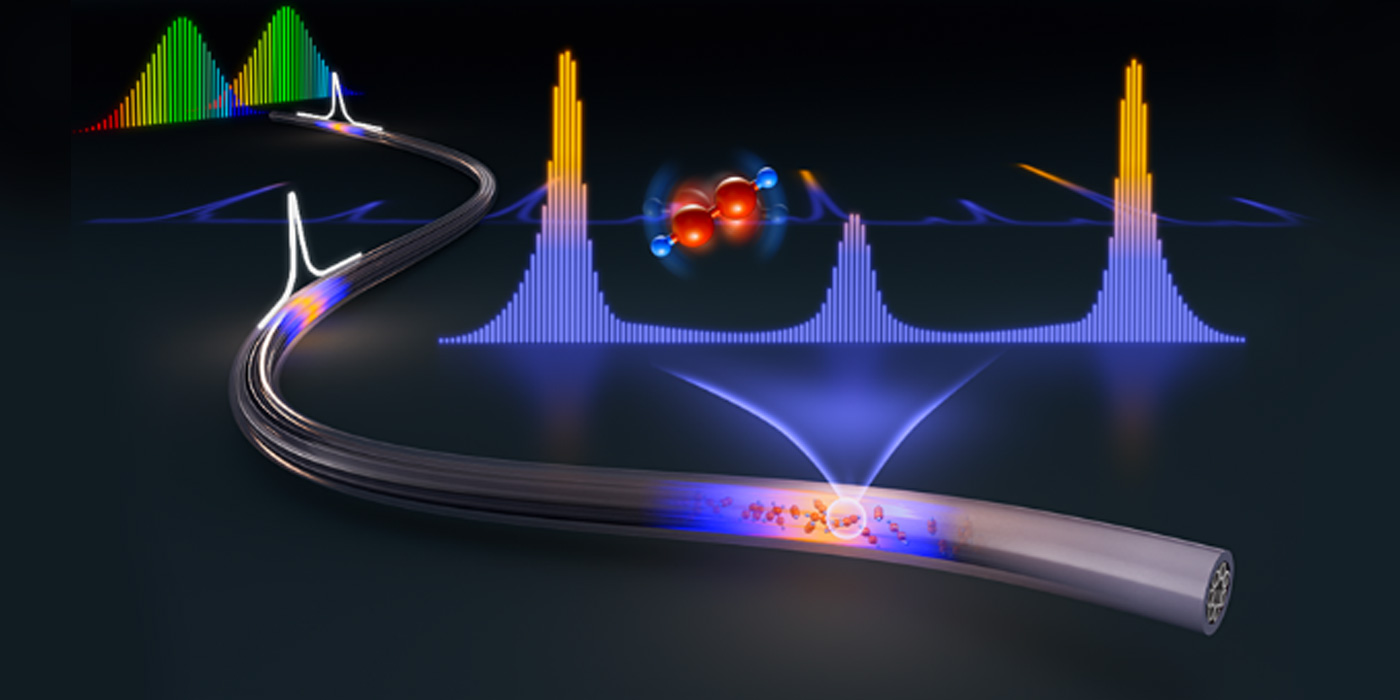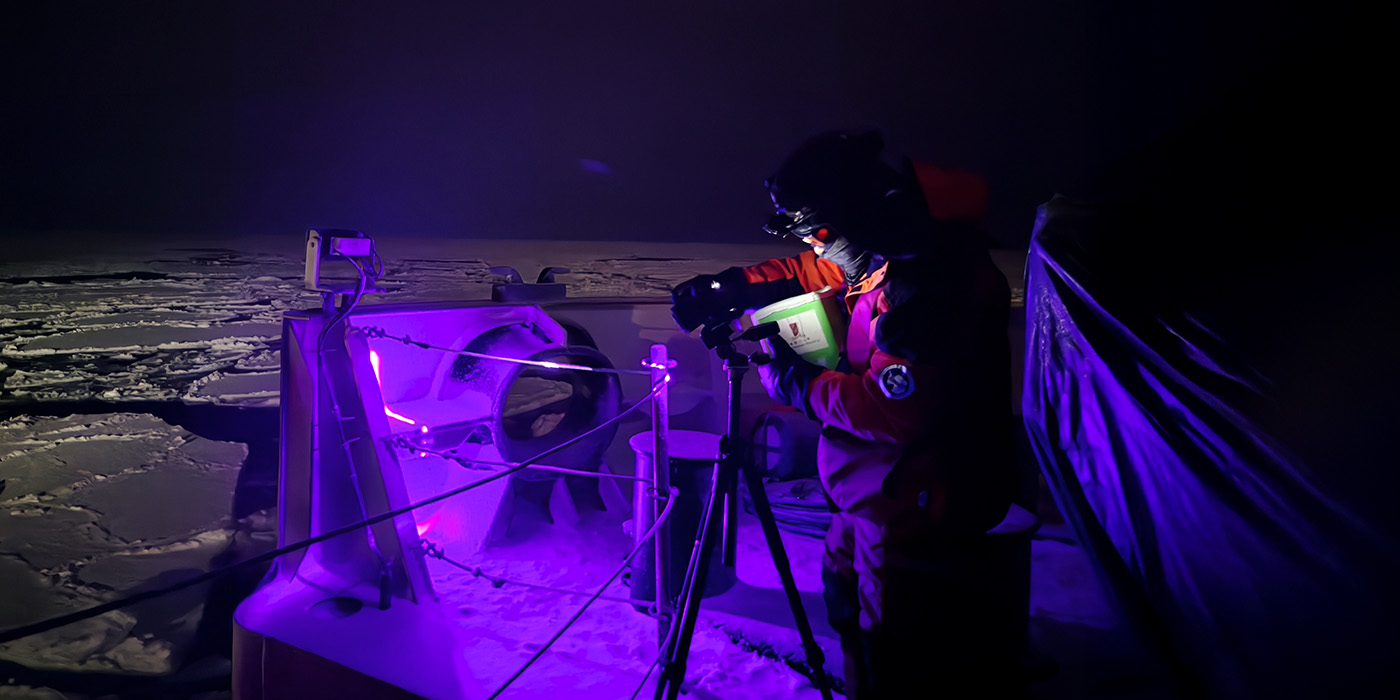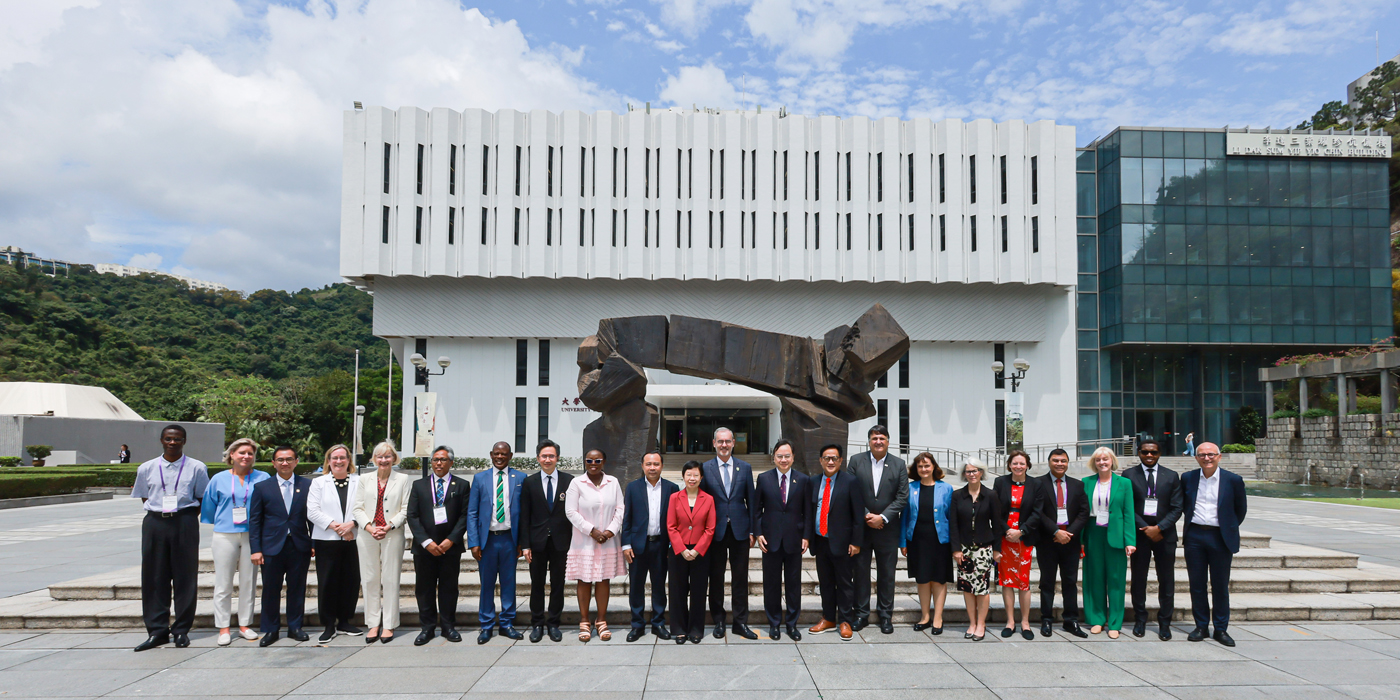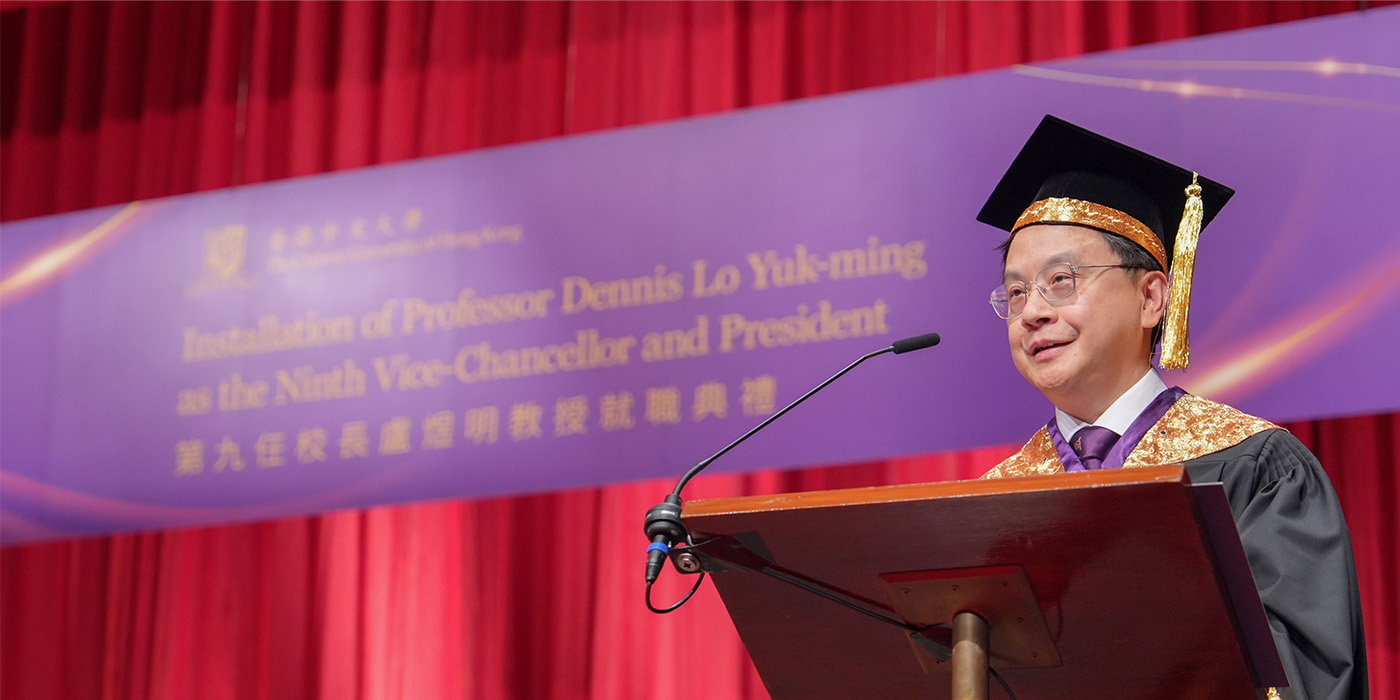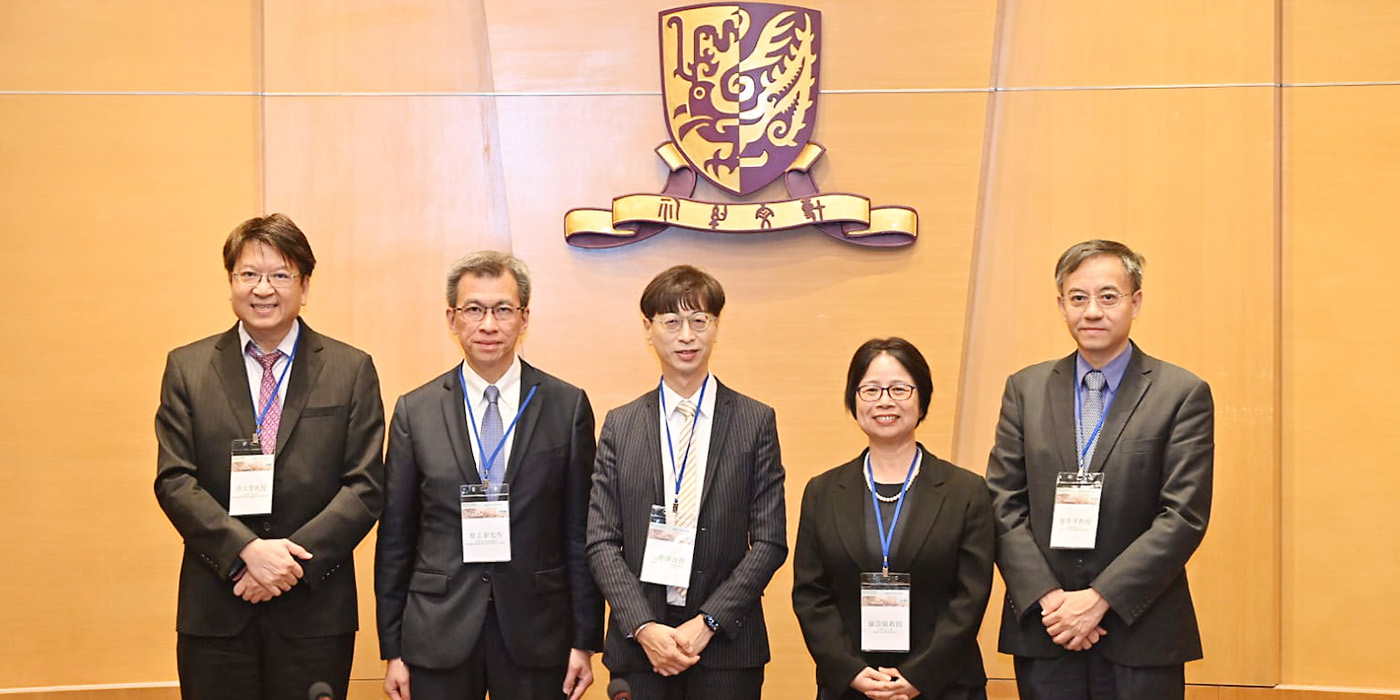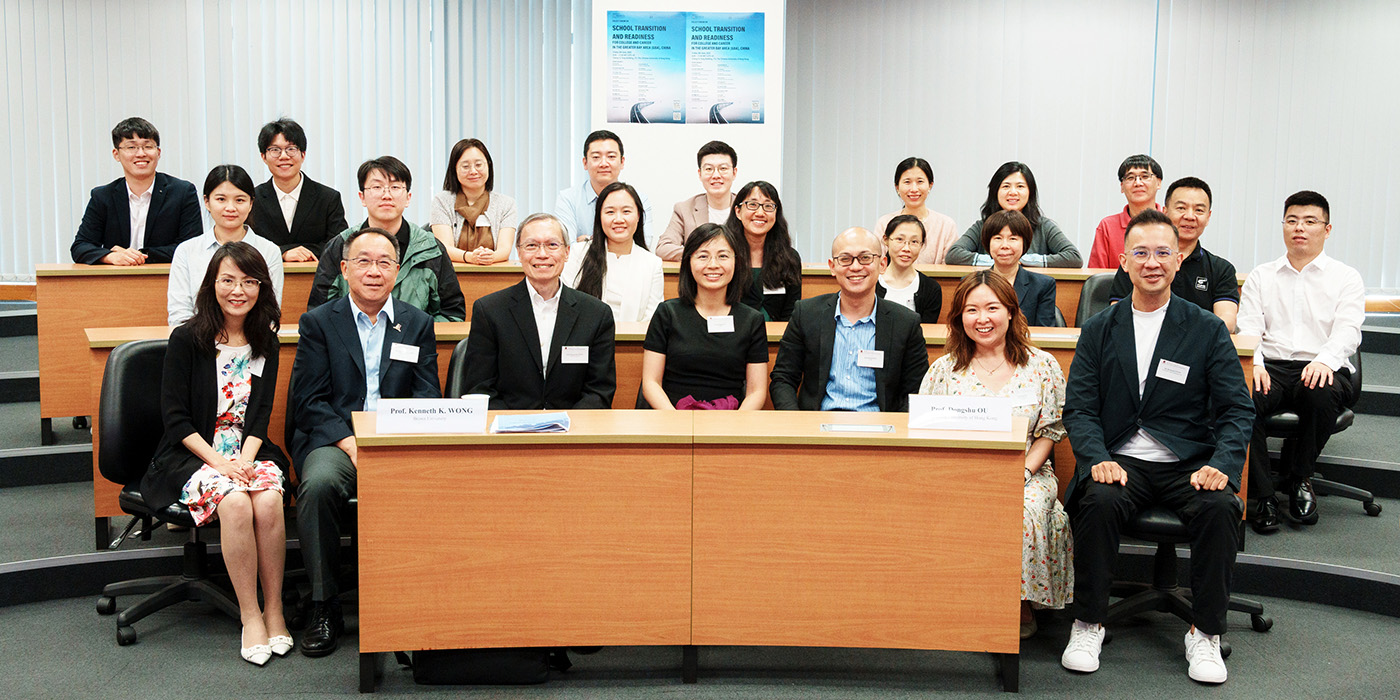The super gas detective
An engineering research team from CUHK has recently demonstrated the world’s first dual-comb photothermal spectroscopy, a breakthrough in high-precision spectroscopy with proven potential for highly sensitive multi-gas detection from a small sample volume within a millisecond. It opens up a wider application in gas sensing, from the detection of toxic gases to the measurement of chemical compounds in breath samples, such as biochemical markers of COVID-19. The research has been reported in the scientific journal Nature Communications.
Laser absorption spectroscopy is a widely used technique for gas detection, in which the light source applied plays a pivotal role in broadband gas sensing and is the determining factor in its sensing resolution and sensitivity. An optical frequency comb, a special light source emitting numerous evenly spaced and phase-coherent laser lines simultaneously, has been introduced for high-precision spectroscopy. However, conventional frequency comb spectroscopy requires a sophisticated spectrometer or photodetector to resolve the comb line and a bulky gas cell to obtain sufficient sensitivity, limiting its wider applications outside the laboratory.

Prof. Ren Wei of the Department of Mechanical and Automation Engineering, and his collaborator from Changchun Institute of Optics, Fine Mechanics and Physics, China have proposed a novel sensing technique—dual-comb photothermal spectroscopy (DC-PTS) to take gas sensing technology to a new level. When light beams emitted from two coherent frequency combs pass simultaneously through a hollow-core fibre filled with the sample gas, an optical interference between the two combs, also known as the beating process, is induced in the fibre. This unique physical reaction causes the photothermal effect that modifies the refractive index of the sample gas. By measuring the modulations of the refractive index at various frequencies, absorption spectra of the sample gas can be detected precisely to infer the components.
The team is able to detect several gas species at one time, including ammonia (NH3), carbon dioxide (CO2), carbon monoxide (CO), hydrogen sulfide (H2S) and hydrocarbons. Acetylene (C2H2), a colourless and extremely flammable gas widely found in different industrial applications, was used as an example to illustrate the DC-PTS concept. The team has also successfully demonstrated a minimum detection limit of 8.7 parts-per-million (ppm) of C2H2 in the hollow-core fibre with a total sample volume of only 0.17 microlitre, while conventional laser-based spectrometers which usually only measure one species of gas with a single-frequency laser, require about 100,000 microlitres (100 ml) of sample gas and a longer testing time in order to achieve the same level of detection sensitivity.
‘Our research is the world’s first to study DC-PTS to provide a new method of high-precision spectroscopy with the potential to measure up to tens to hundreds of gases in the future. We are now actively looking at the applications of the DC-PTS in breath analysis, in particular the development of novel COVID-19 tests and chemical analysers that can help address the current pandemic or future public health emergencies,’ said Professor Ren. He added that this advancement in spectroscopy paves the way for a wider range of gas sensing applications in energy, environment and safety management.
The full research paper can be read here.

